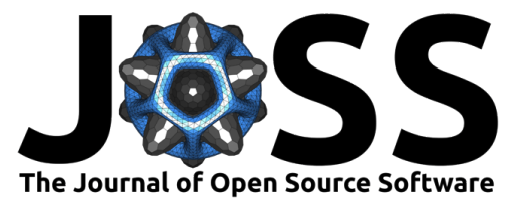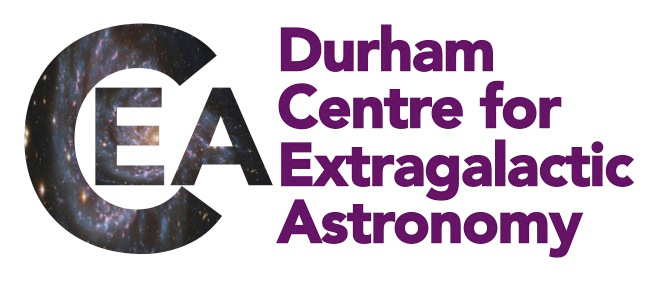CEA News, January 2023
PyAutoGalaxy: Open-Source Multiwavelength Galaxy Structure & Morphology
Nearly a century ago, Edwin Hubble famously classified galaxies into three distinct groups: ellipticals, spirals and irregulars (Hubble, 1926). Today, by analysing millions of galaxies with advanced image processing techniques Astronomers have expanded on this picture and revealed the rich diversity of galaxy morphology in both the nearby and distant Universe.
 The logo for the Journal of Open Source Software, where this work is available.
The logo for the Journal of Open Source Software, where this work is available.
PyAutoGalaxy is an open-source Python 3.8+ whose developtment was led by astronomers at the CEA. It is package for analysing the morphologies and structures of large multiwavelength galaxy samples, with core features including fully automated Bayesian model-fitting of galaxy two-dimensional surface brightness profiles, support for imaging and interferometer datasets and comprehensive tools for simulating galaxy images. The software places a focus on big data analysis, including support for hierarchical models that simultaneously fit thousands of galaxies, massively parallel model-fitting and an SQLite3 database that allows large suites of modeling results to be loaded, queried and analysed. Accompanying PyAutoGalaxy is the autogalaxy workspace, which includes example scripts, datasets and the HowToGalaxy lectures in Jupyter notebook format which introduce non-experts to studies of galaxy morphology using PyAutoGalaxy. Readers can try PyAutoGalaxy right now by going to the introduction Jupyter notebook on Binder or checkout the readthedocs for a complete overview of PyAutoGalaxy’s features.

